Bryophytes: Mosses, Liverworts, Hornworts
1/51
Earn XP
Description and Tags
General Botany Lab Final
Name | Mastery | Learn | Test | Matching | Spaced |
|---|
No study sessions yet.
52 Terms
The Bryophytes are possibly the most ancient ______ _______
terrestrial plants
Bryophytes can colonize _____ _______
sterile soils
Bryophytes absorb nutrients and water and release them back into the ecosystem to form …
soils for new plants to grow
Bryophytes are found in ______ and ______ habitats
humid, shady
In Bryophytes water is required for _____ _________
sexual reproduction
What are the 3 phyla in Bryophytes:
Bryophyta, Hepatophyta, Anthocerotophyta
In moss, the _______ phase is dominant
gametophyte
The gametophyte phase has ________ and ________ at the tip of the plant
antheridia, archegonia
Mosses are either _________ or __________
dioecious, monoecious
Mosses ______ multicellular
rhizoids
Mosses have “leaves” with a _____
costa
A costa is a ______ like structure
midvein
Antheridia in _____ Heads
Antheridial
Antheridia contain ______ cells
sperm
Archegonia in _______ Head
Archegonial
Archegonia contain _____ cell
egg (ovum)
Bryophyte Fertilization Steps:
Sperm Cells within antheridia are splashed by water → swim to archegonia → enter neck of archegonium → reach venter → fertilization of egg
Egg + Sperm =
zygote
The zygote is the beginning of the _____ phase
sporophyte
The sporophyte is within the ______
archegonium
The embryo grows and develops a ________
capsule
The capsule grows, stretching upwards and carrying remnants of the gametophyte: the _______
Calyptra
Hepatophyta:
Liverworts
Some liverworts have _________ thallus
leaf-like
In liverworts the rhizoids are _______
unicellular
Liverworts have leafy gametophytes without _____
costa
Liverworts have ______ sperm
biflagellate
Liverworts have the antheridia within the ______
Antheridiophore
In liverworts the archegonia are within the _____
Archegoniophore
Species in Liverworts:
Marchantia
In liverworts the fertilization occurs within the _____ where the egg is located
archegonium
In Marchantia the zygote develops into a ________
capsule
How do liverworts reproduce asexually
gemmae cups
Gemmae cups produce _____ which are splashed by rain
gemmae
Gemmae undergo mitosis and form a new ______
gametophyte

What is 1?
Sporophyte
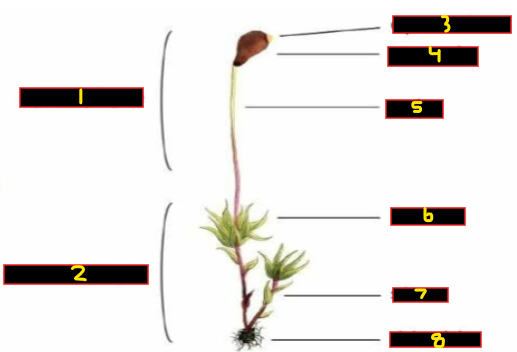
What is 2?
Gametophyte

What is 3?
Operculum
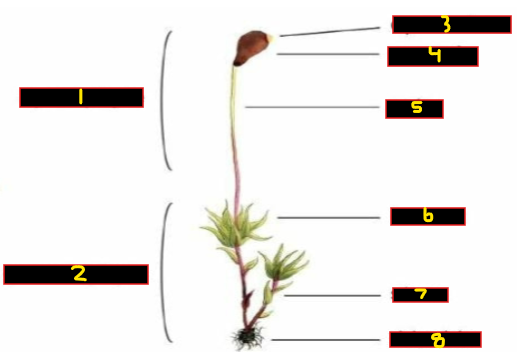
What is 4?
Capsule
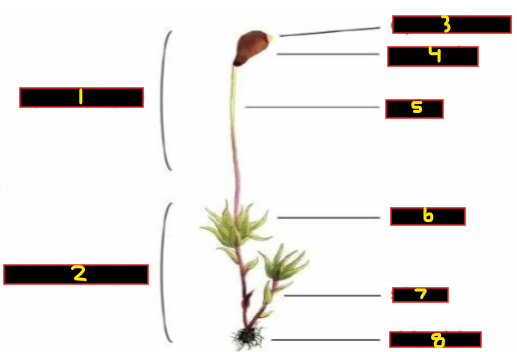
What is 5?
Seta

What is 6?
Leaves
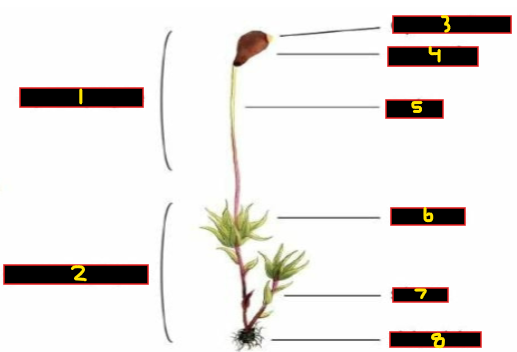
What is 7?
Stem
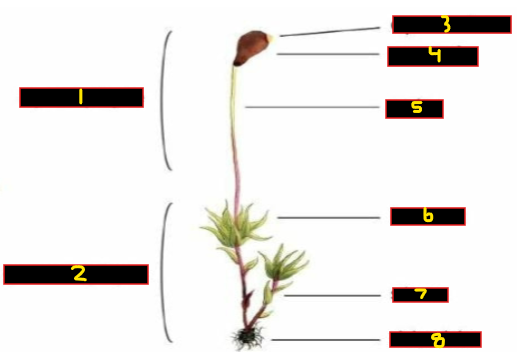
What is 8?
Rhizoids

What is 1?
Paraphyses
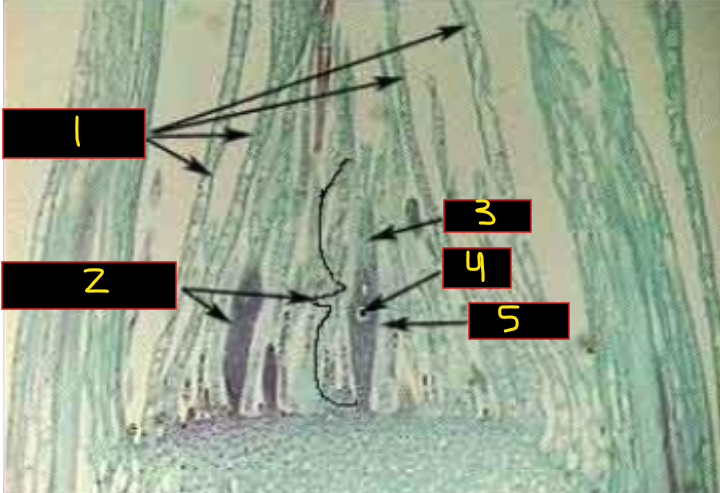
What is 2?
Archegonia
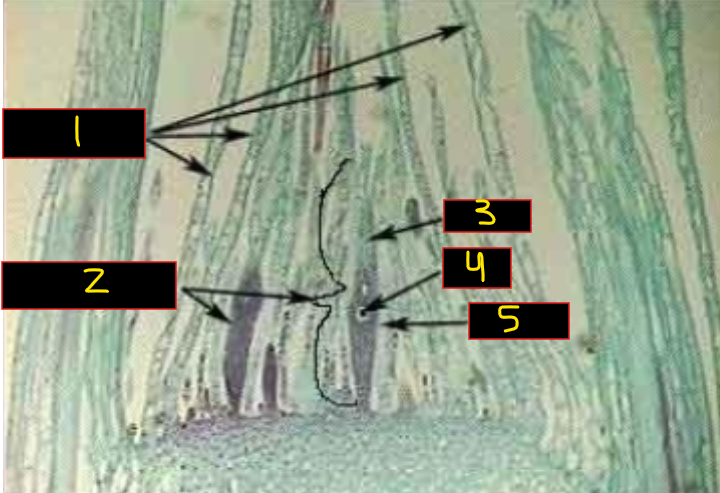
What is 3?
Neck
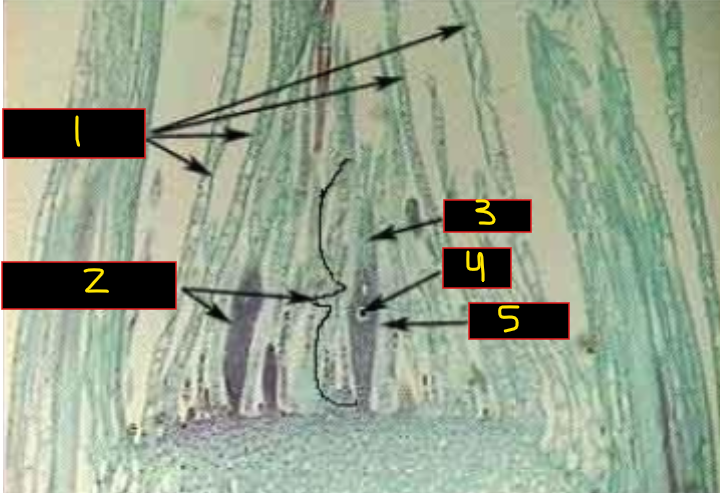
What is 4?
Egg

What is 5?
Venter
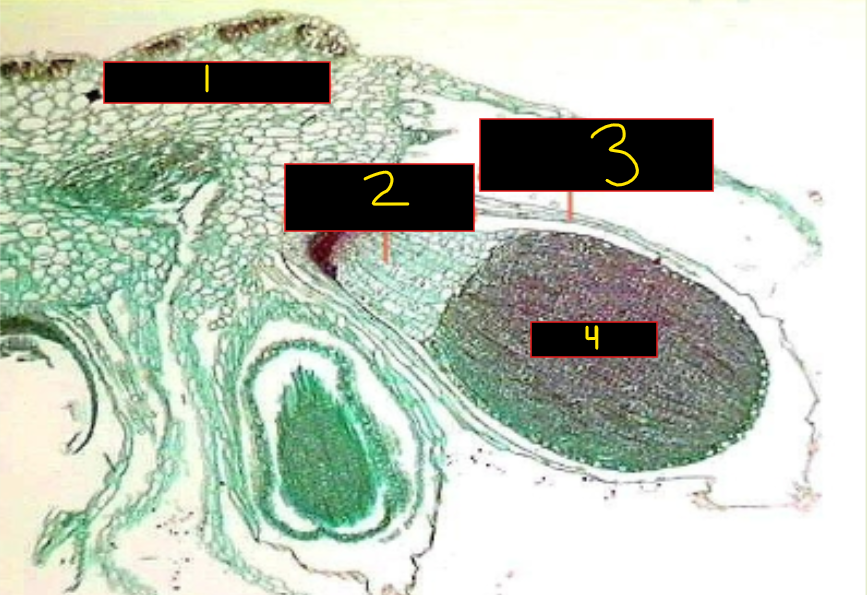
What is 1?
Gametophyte
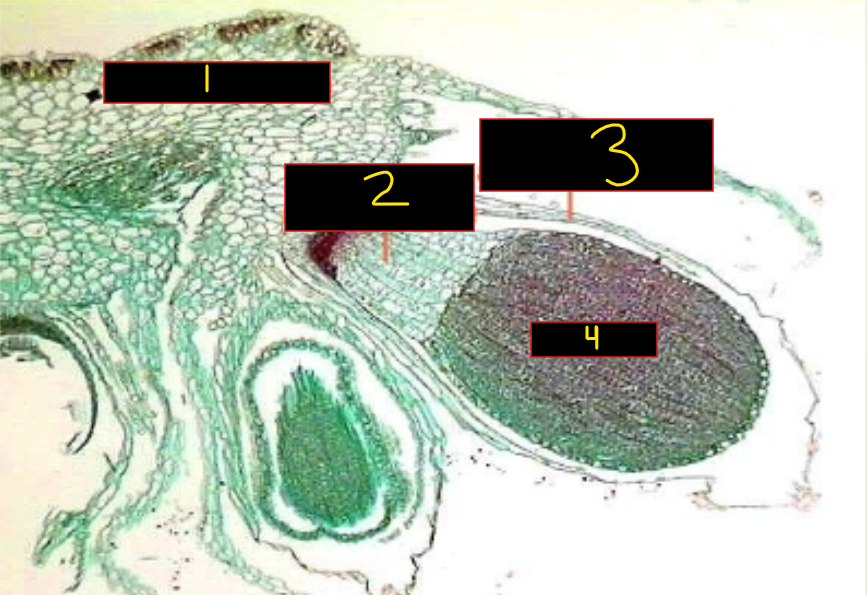
What is 2?
Base of sporophyte
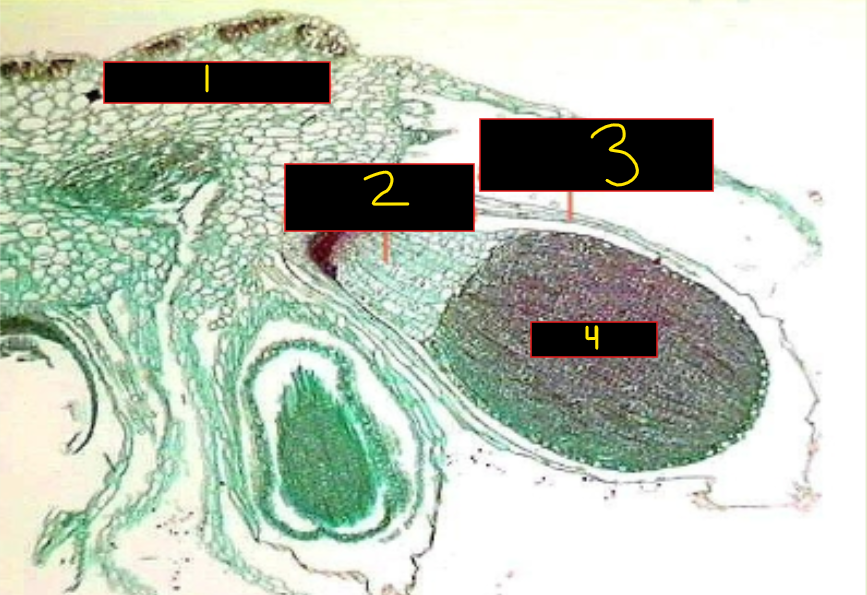
What is 3?
Wall of Archegonium
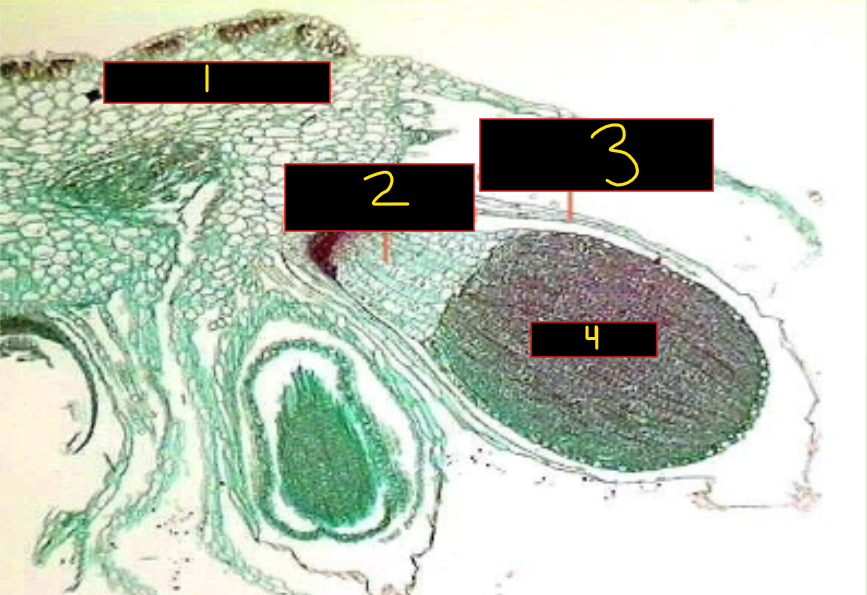
What is 4?
Spores